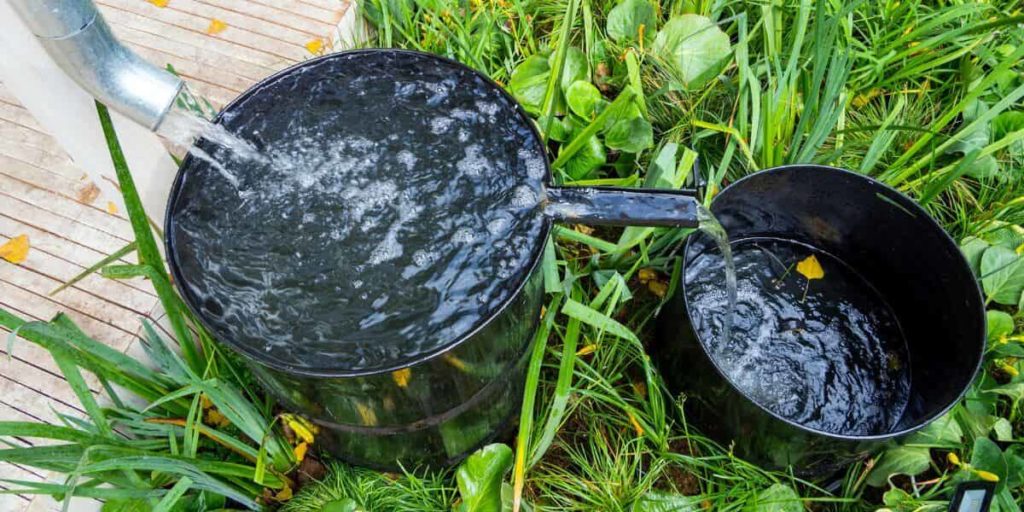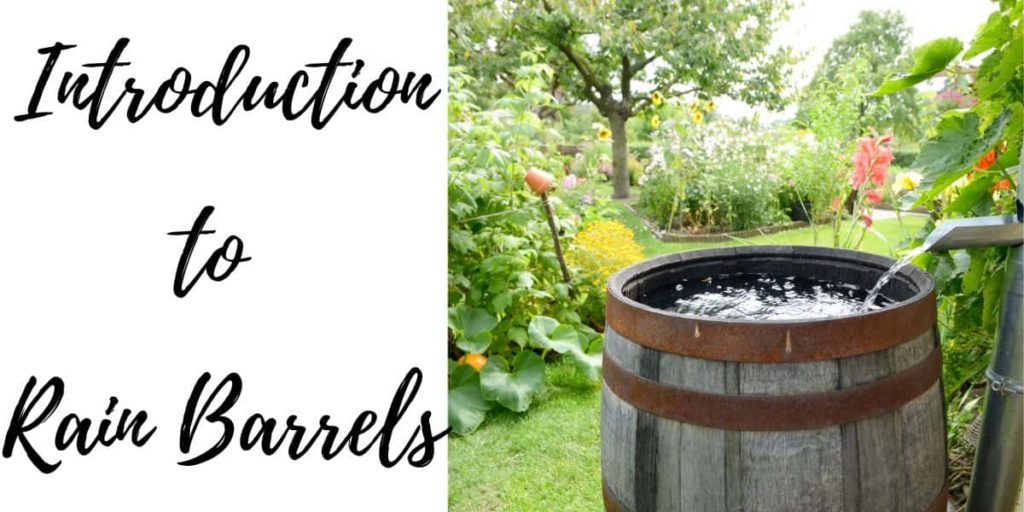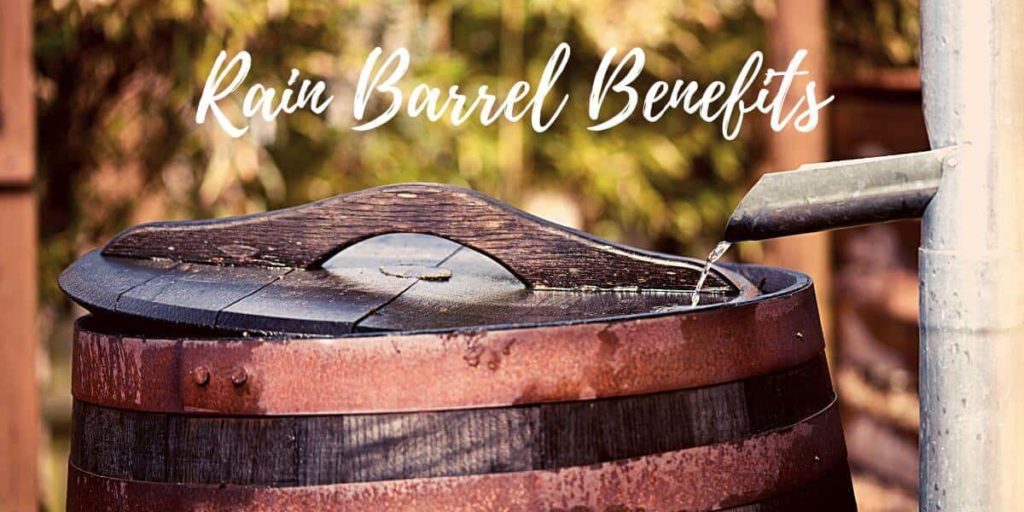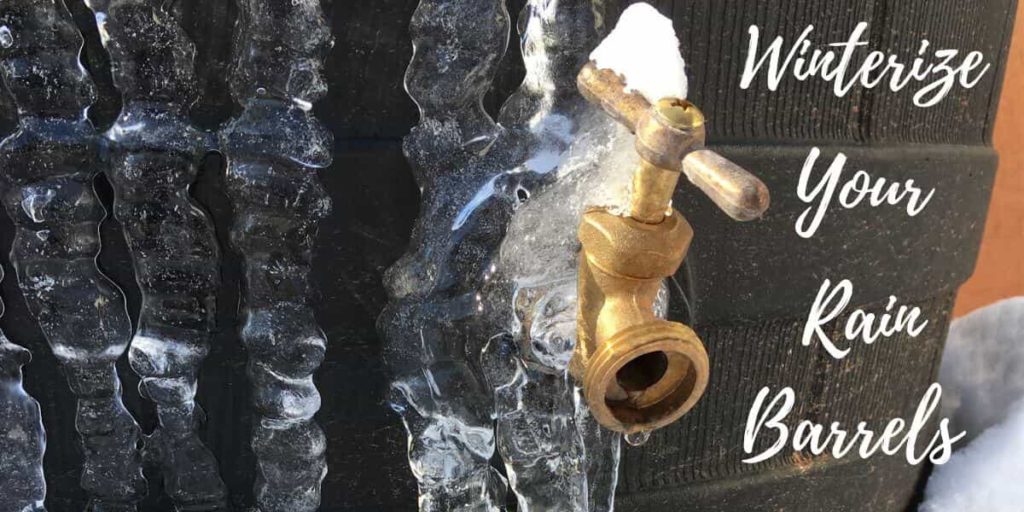If you’re considering adding a rain barrel to your outdoor water management system, you may be wondering what accessories and fittings are available to help you get the most out of your investment. From diverter kits and filters to spigots and overflow valves, there are a variety of accessories that can help you collect and use rainwater more effectively. In this post, we’ll explore some of the most common rain barrel accessories and fittings, and discuss how they can enhance the functionality and efficiency of your rain barrel system.
What Items Do You Need For A Rain Barrel?
There are several accessories that can be useful for your rain barrel system. Here are some of the most common ones:
Overflow hose and elbow:
An overflow hose and elbow can help prevent your rain barrel from overflowing during heavy rain.
This rain barrel accessory is designed to help prevent overflow and water damage around your rain barrel. The hose attaches to the overflow valve on the rain barrel and directs excess water away from the foundation of your home or other nearby structures.
The elbow, which is typically included with the overflow hose, allows you to adjust the direction of the water flow to ensure that it is directed away from your home or other structures. This helps to prevent erosion, flooding, and other water-related damage.
An overflow hose and elbow is an essential rain barrel accessories for anyone who lives in an area with heavy rainfall or who wants to prevent potential water damage around their home. By directing excess water away from your foundation and other structures, you can help protect your property and keep your rain barrel functioning properly.
Diverter kit:
A diverter kit is a rain barrel accessory that is designed to collect and divert rainwater from your downspout into your rain barrel. It typically consists of a downspout diverter, a hose, and a connector that allows you to attach the hose to your rain barrel.
The downspout diverter is installed into your downspout and redirects rainwater into the hose, which is then connected to your rain barrel. When the rain barrel is full, the diverter kit automatically sends the excess water back through the downspout to prevent overflow.
Using a diverter kit with your rain barrel is a simple and effective way to collect and store rainwater.
Diverter kits are available in a variety of sizes and styles to fit different types of downspouts and rain barrels, making them versatile and customizable rain barrel accessories.
There are generally two types of diverter kits for rain barrels: top-mounted and side-mounted.
Top-mounted diverter kits are installed directly into the downspout of your home and are typically located near the roofline. These kits are designed to capture and divert rainwater from the downspout into the rain barrel and may include a filter to remove debris and sediment from the water.
Side-mounted diverter kits, on the other hand, are installed at a lower point on the downspout, typically closer to ground level. These kits are designed to capture and divert a portion of the water flowing through the downspout into the rain barrel while allowing the remainder to continue down the downspout.
Both types of diverter kits are effective at collecting and diverting rainwater into your rain barrel, but the type you choose will depend on your specific needs and the design of your rainwater collection system. Some diverter kits are also designed to be compatible with specific rain barrel models or sizes, so it’s important to choose a kit that is appropriate for your setup.
Screen or mesh cover:
A screen or mesh cover is a common accessory for rain barrels that are designed to prevent debris, insects, and other contaminants from entering the barrel along with the rainwater. The screen or mesh cover is typically placed over the opening of the barrel and secured in place to ensure that it stays in position even during heavy rainfall. This can help keep your harvested rainwater clean and free from contaminants.
Screens and mesh covers come in a variety of materials and sizes and can be custom-fit to match the specific dimensions of your rain barrel. Some screens may also be designed to filter out finer particles, such as pollen or small sediment, to ensure that the water collected in the rain barrel is as clean as possible.
Using a screen or mesh cover with your rain barrel is an important step in ensuring that the water you collect is free of debris and contaminants. By keeping out unwanted materials, you can help prevent clogging or damage to your rain barrel’s filtration system, and ensure that your plants and garden are watered with clean, pure rainwater.
Spigot or tap:
A spigot, also known as a faucet or a tap, is a small valve or lever that is installed on the bottom or near the bottom of a rain barrel. The purpose of a spigot is to allow for easy access to the water that has been collected in the barrel.
Typically, a spigot is installed with a threaded connection that allows for easy attachment to a garden hose, watering can, or other irrigation systems. This allows you to easily dispense the water from the rain barrel without having to remove the lid or otherwise disturb the contents of the barrel.
A spigot is a simple but important accessory for rain barrels, as it allows you to use the collected rainwater for a variety of purposes, such as watering plants or washing outdoor equipment. When selecting a spigot for your rain barrel, it is important to choose a high-quality, durable option that will stand up to regular use and weather conditions over time.
Linking kit:
A linking kit for rain barrels is an accessory that is used to connect multiple rain barrels together. The linking kit typically includes a series of hoses, connectors, and fittings that allow you to connect two or more rain barrels in series.
By linking multiple rain barrels together, you can increase your water storage capacity and collect even more rainwater for use in your garden or for other purposes. This is especially useful in areas with limited rainfall or in situations where you need to collect a large amount of water for a specific purpose.
There are several types of linking kits available for rain barrels, and the specific kit you choose will depend on the size and type of rain barrels you are using, as well as your specific needs and preferences. Some linking kits are designed for use with specific brands or models of rain barrels, while others are more universal in nature.
When selecting a linking kit for your rain barrels, it is important to choose a high-quality option that is durable and designed to withstand regular use and weather conditions over time. Additionally, you should carefully follow the manufacturer’s instructions for installation to ensure that the linking kit is installed properly and functions as intended.
Rain Barrel Stand:
A rain barrel stand is designed to provide a stable and level base for a rain barrel. The stand elevates the barrel off the ground, making it easier to access the spigot or tap at the bottom of the barrel for watering plants or other outdoor tasks. A rain barrel stand can also help to protect the barrel from damage due to uneven ground or shifting soil and can prevent debris from entering the barrel through the bottom.
These accessories can help to enhance the functionality and convenience of your rain barrel system, making it easier to collect and use rainwater for a variety of purposes.
Optional – Filtration systems for your rain barrel
A filtration system for rain barrels is an accessory that is designed to remove sediment, debris, and other contaminants from the rainwater collected in the barrel. The filtration system typically consists of a filter or series of filters that are placed inside the rain barrel and may include a pump or other mechanism to help move the water through the filtration process.
The specific type of filtration system you choose will depend on your specific needs and the quality of the rainwater in your area. Some filtration systems are designed to remove bacteria or other microorganisms, while others focus on removing larger particles such as leaves and debris.
Using a filtration system with your rain barrel is an important step in ensuring that the water you collect is clean and safe for use in your garden or for other purposes. By removing contaminants, you can help prevent clogging or damage to your irrigation system, and ensure that your plants receive the purest possible source of water. Additionally, a high-quality filtration system can help extend the life of your rain barrel and keep it functioning properly for years to come.
What are the main filtration systems for rain barrels?
There are several types of filtration systems available for rain barrels, and the specific system you choose will depend on your needs and the quality of the rainwater in your area. Here are some of the main types of filtration systems for rain barrels:
- Mesh screens – These are the simplest type of filtration system and are designed to keep larger debris such as leaves and twigs out of the rain barrel. They are usually placed over the top of the barrel and can be easily removed for cleaning.
- Sediment filters – These filters are designed to remove sediment and other small particles from the water. They are typically placed inside the rain barrel and can be replaced periodically as needed.
- Carbon filters – These filters are designed to remove chlorine, pesticides, and other chemicals from the water. They are typically placed inside the rain barrel and may need to be replaced periodically depending on the quality of the water in your area.
- UV sterilization – This type of system uses UV light to kill bacteria and other microorganisms in the water. It is typically installed inside the rain barrel and may require an additional power source.
- Reverse osmosis – This is the most advanced type of filtration system and is designed to remove virtually all impurities from the water. It is typically installed outside of the rain barrel and requires a separate pump to move the water through the system.
Choosing the right filtration system for your rain barrel will depend on your specific needs and the quality of the water in your area. It’s important to research your options and choose a system that will provide the level of filtration you need to ensure clean and safe water for your plants and garden.
The Rain Barrel Fittings Anyone Should Use
There are several rain barrel fittings that can be useful for setting up a rain barrel system. Here are some of the most common ones:
- Bulkhead fitting: A bulkhead fitting is a type of plumbing fitting that is used to create a watertight seal through the side of a rain barrel. This fitting allows for the installation of a spigot or tap, which can be used to dispense the collected water.
- Diverter fitting: A diverter fitting is used to connect a downspout to a rain barrel system. This fitting allows for the automatic filling of the barrel with rainwater whenever it rains and can help to prevent overflow and flooding.
- Elbow fitting: An elbow fitting can be used to change the direction of a rain barrel outlet, allowing for easier access to the collected water.
- Hose adapter fitting: A hose adapter fitting allows for the attachment of a garden hose to a rain barrel system. This can be a convenient way to water plants or wash outdoor equipment using the collected rainwater.
- Overflow fitting: An overflow fitting can be used to prevent a rain barrel from overflowing during heavy rainfall. This fitting allows excess water to be directed away from the foundation of your home or other structures.
Choosing the right rain barrel fittings will depend on the specific needs of your rain barrel system, as well as the type of fittings that are compatible with your barrel and any additional accessories you plan to use. It’s important to ensure that all fittings are properly installed and sealed to prevent leaks and water damage.
Conclusions:
In conclusion, rain barrel accessories and fittings are an important part of any rainwater harvesting system. From overflow hoses and diverter kits to screens, spigots, and linking kits, there are a wide variety of accessories and fittings available to help you get the most out of your rain barrel.
Choosing the right accessories and fittings for your rain barrel will depend on your specific needs and the conditions in your area. Whether you are looking to increase your water storage capacity, improve the quality of your harvested water, or simply make it easier to access the water in your barrel, there are many options to choose from.
When selecting accessories and fittings for your rain barrel, it is important to choose high-quality options that are durable and designed to withstand regular use and weather conditions over time. Additionally, you should carefully follow the manufacturer’s instructions for installation and maintenance to ensure that your rain barrel and its accessories function properly and provide clean, safe water for all your gardening and watering needs.



